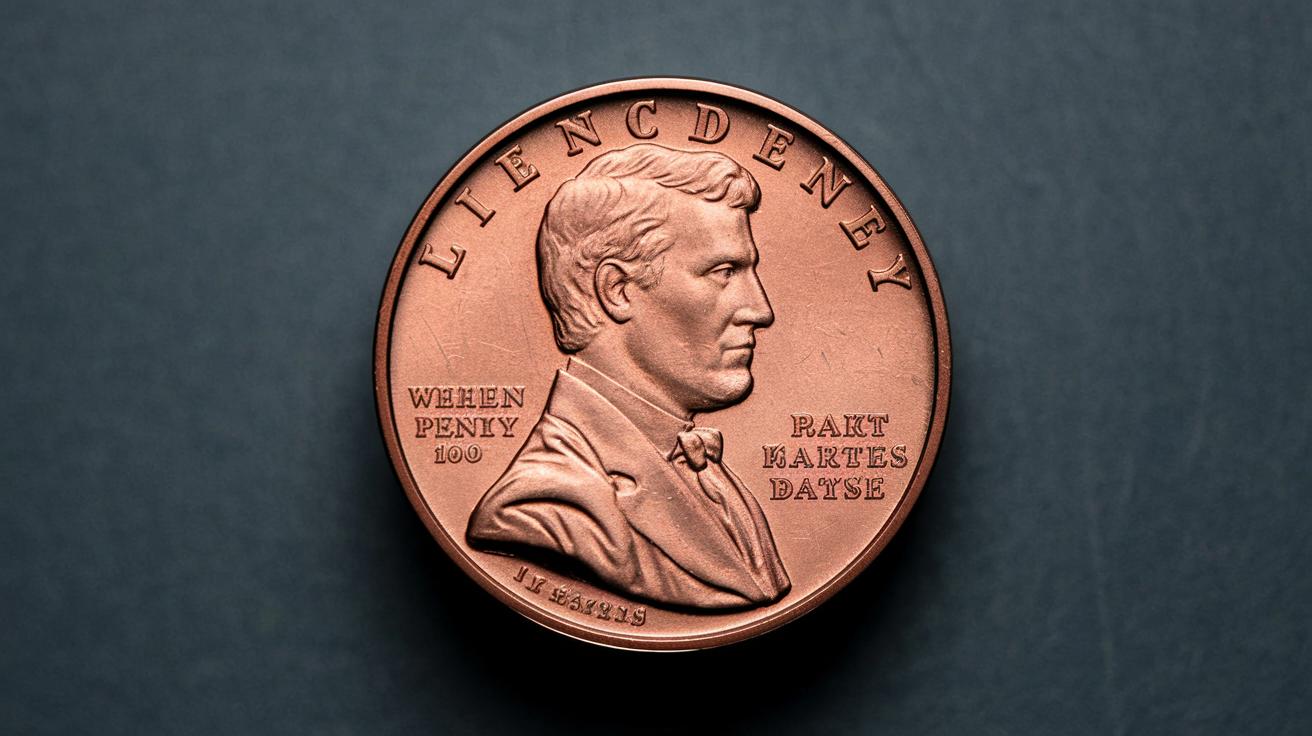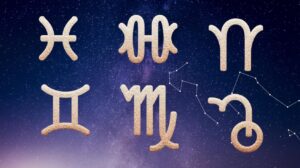What You Need to Know
- 🪙 Learn about the Lincoln Wheat Penny, a historic coin first minted in 1909 to honor President Abraham Lincoln, featuring his profile and a distinctive wheat stalk design.
- 💰 Discover why some Lincoln Wheat Pennies are worth millions, including the rare 1943 copper penny and the 1955 Doubled Die penny, both highly sought after by collectors.
- 🔍 Find out how to identify a rare and valuable Lincoln Wheat Penny by examining the year of minting, visible errors, and the coin’s condition or grade.
- 🧑🏫 Explore the fascinating world of coin collecting, a hobby that combines history, art, and the excitement of discovering rare treasures like the Lincoln Wheat Penny.
- 🤔 Ponder the possibility that you might have a hidden fortune in your pocket, as these rare coins continue to circulate among us, waiting to be discovered.
Imagine holding a small piece of history in your hand, a seemingly ordinary coin that silently carries an extraordinary value. This is not just any penny, but the legendary Lincoln Wheat Penny, a coin that could be worth as much as $2.7 million. It’s a numismatic treasure that continues to circulate among us, often going unnoticed. How did this extraordinary coin come to be, and why is it so valuable? Let’s delve into the intriguing world of rare coins and uncover the story behind this remarkable piece of currency.
The Origin of the Lincoln Wheat Penny
The Lincoln Wheat Penny, also known as the Lincoln Cent, was first minted in 1909 to commemorate the 100th anniversary of President Abraham Lincoln’s birth. Designed by Victor David Brenner, this penny features the profile of Lincoln on the obverse side, while the reverse side showcases two wheat stalks, symbolizing prosperity and abundance. This design was revolutionary as it was the first time a U.S. president’s portrait appeared on a circulating coin.
From 1909 to 1958, billions of these pennies were produced, making them a staple of everyday transactions. However, it’s the rare variations and unique minting errors that have captivated collectors and significantly increased the value of certain Lincoln Wheat Pennies.
What Makes a Lincoln Wheat Penny Worth Millions?
While most Lincoln Wheat Pennies are valued at a few cents to a few dollars, there are specific ones that stand out due to their rarity and historical significance. One of the most sought-after variations is the 1943 copper penny. During World War II, copper was needed for military supplies, so the U.S. Mint switched to using zinc-coated steel for pennies. However, a few copper blanks were mistakenly used in 1943, leading to the creation of a handful of copper pennies.
The rarity of these 1943 copper pennies, combined with their historical context, makes them incredibly valuable. In 2010, one of these pennies was sold for an astonishing $1.7 million at an auction. Another rarity, the 1955 Doubled Die penny, is known for its distinct and visible doubling of the date and inscriptions. These variations are highly prized by collectors and can fetch prices in the six-figure range.
Spotting a Rare Lincoln Wheat Penny
Are you wondering if you might have a hidden treasure in your coin jar? Spotting a valuable Lincoln Wheat Penny requires a keen eye and some knowledge of what to look for. Key indicators include the year of minting, any visible errors, and the condition of the coin.
For instance, check for the 1943 copper penny or the 1955 Doubled Die. Look for clear doubling on the inscriptions or unusual coloring that may indicate a rare metal composition. The condition of the coin, often referred to as its grade, also plays a crucial role in determining its value. Coins in mint condition, with little to no wear, are typically worth more.
The Thrill of Coin Collecting
Coin collecting, or numismatics, is a hobby that combines history, art, and the thrill of the hunt. Collectors are drawn to the stories that coins tell about past societies and economies. The Lincoln Wheat Penny is a perfect example of this connection to history, as it represents a piece of American culture and heritage.
For many collectors, finding a rare coin is not just about the potential financial gain but also about the excitement of discovery and the joy of owning a piece of history. Whether you’re a seasoned collector or a curious beginner, the world of numismatics offers endless opportunities for exploration and learning.
Conclusion: Could You Be Holding a Fortune?
The Lincoln Wheat Penny is more than just a piece of change; it’s a link to the past and a potential fortune waiting to be discovered. As these coins continue to circulate, the possibility remains that you could stumble upon one of these rare gems. Could you be holding a fortune in your pocket? Next time you receive a penny in change, take a closer look—you might find yourself at the beginning of an incredible journey into the world of rare coins.
FAQ
What is a Lincoln Wheat Penny?
The Lincoln Wheat Penny, also known as the Lincoln Cent, is a U.S. coin first minted in 1909 to commemorate the 100th anniversary of President Abraham Lincoln’s birth. It features Lincoln’s profile on one side and two wheat stalks on the reverse, symbolizing prosperity and abundance.
Why are some Lincoln Wheat Pennies so valuable?
Some Lincoln Wheat Pennies are valuable due to their rarity and unique minting errors. Examples include the 1943 copper penny, which was mistakenly produced during a wartime switch to steel, and the 1955 Doubled Die penny, known for its distinctive doubling of inscriptions. These rare variations are highly prized by collectors.
How can I identify a rare Lincoln Wheat Penny?
To identify a rare Lincoln Wheat Penny, look for specific years of minting, such as 1943 copper or 1955 Doubled Die. Check for visible errors or unusual metal compositions. The condition of the coin, referred to as its grade, also affects its value, with coins in mint condition being more valuable.
What materials were used to mint Lincoln Wheat Pennies?
Lincoln Wheat Pennies were primarily minted using copper. However, during World War II, the U.S. Mint switched to zinc-coated steel to conserve copper for military supplies. A few copper pennies were mistakenly produced in 1943, making them extremely rare and valuable.
Why is coin collecting a popular hobby?
Coin collecting, or numismatics, is popular because it combines history, art, and the thrill of discovery. Collectors are drawn to the stories that coins tell about past societies and economies, and the excitement of finding rare and valuable pieces. It offers endless opportunities for exploration and learning, regardless of a collector’s experience level.
Did you like it?4.5/5 (23)








5 comments
Riley
Hey fellow Sagittarians, isn’t it thrilling to think that we might have a tiny piece of history in our pockets? What a fascinating post, thank you!
mateoluminescence
OMG! As a Taurus, I love things with historical value. Can’t believe something so small could be worth so much! Gotta check my piggy bank now 😍
Ezekiel
I’m a Virgo, so attention to detail is my forte. How exactly do I check for those minting errors on the Lincoln Wheat Penny? 🤔
gizmoflare2
Thanks for the detailed info! As a Gemini, I’m naturally curious and love collecting things. Maybe it’s time to start looking for rare coins!
Violet_Stardust
Wow, a penny worth $2.7 million! Does this mean I should start checking behind my couch cushions? 😂 #TreasureHunt